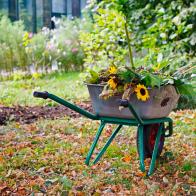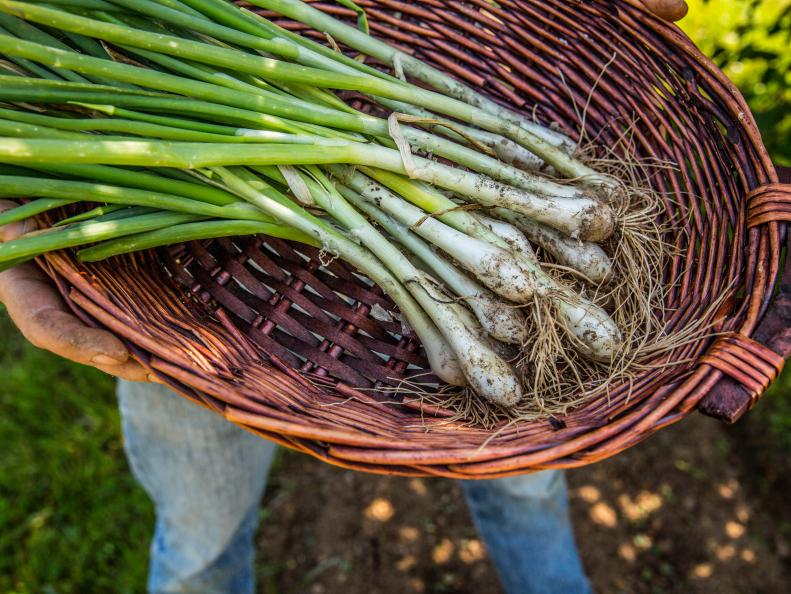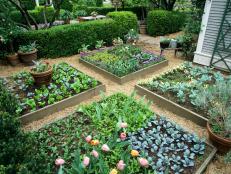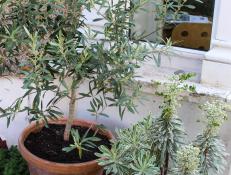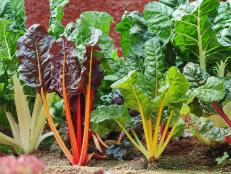1 / 6
Photo: Image courtesy of Blackberry Farm ©
Green Onions
At the green onion stage, when the plants have produced foliage but aren't flowering just yet, harvest every second or third plant by removing the plant, bulb and all, from the soil. The leaves can be used as scallions in flavoring or garnishing Italian dishes. The remaining onions are given enough room in the ground to develop into full size before they're ready for harvest where the bulbs can be used in cooking.




